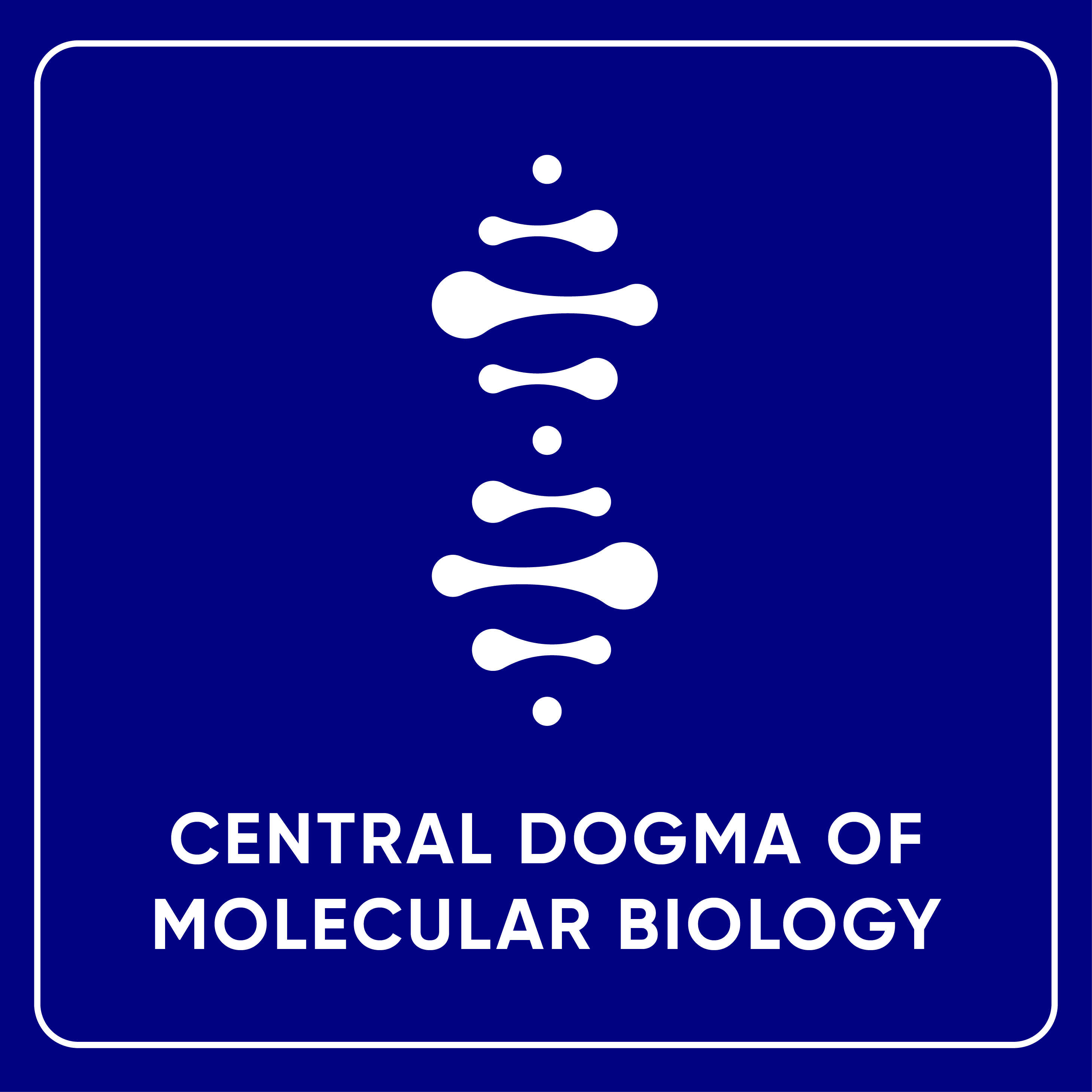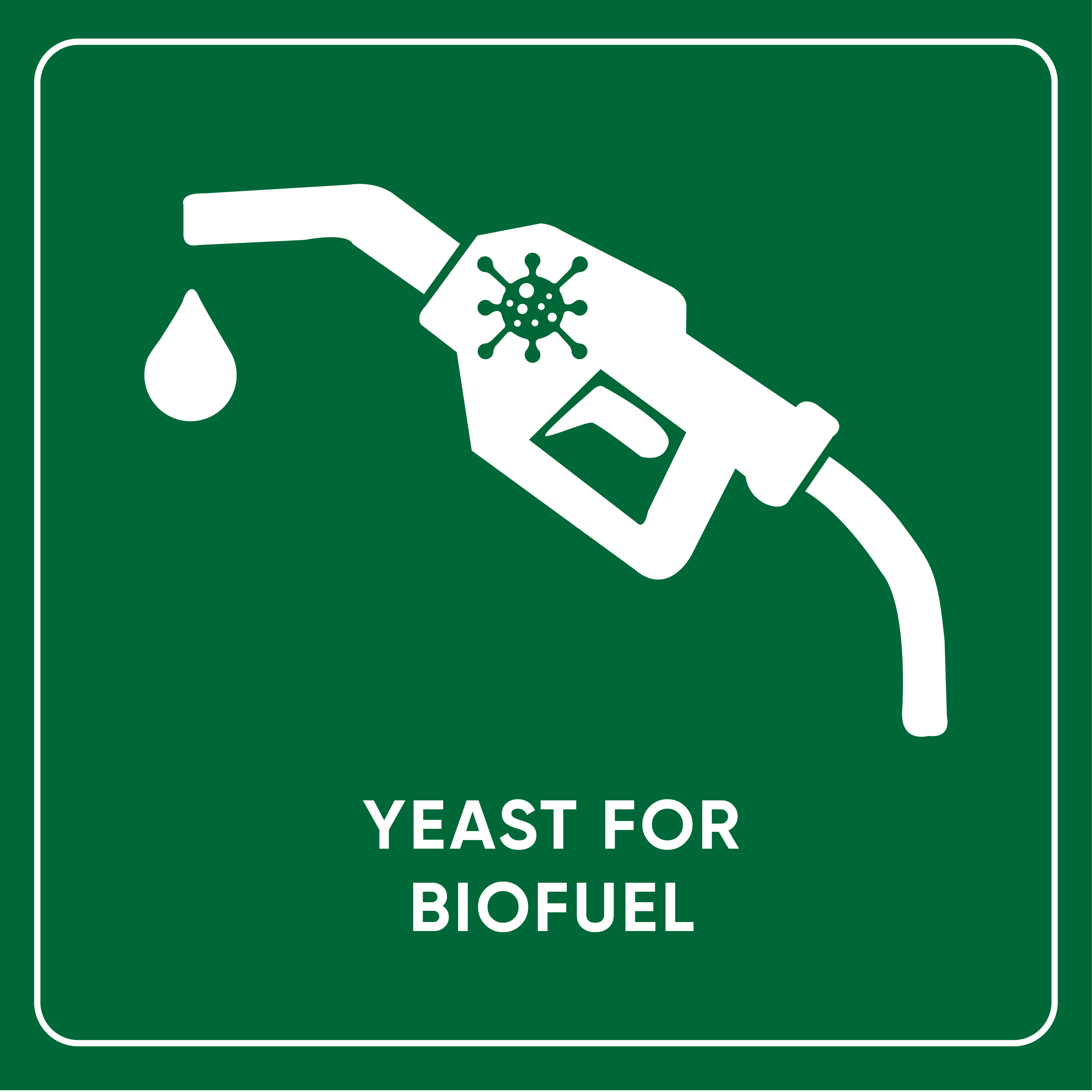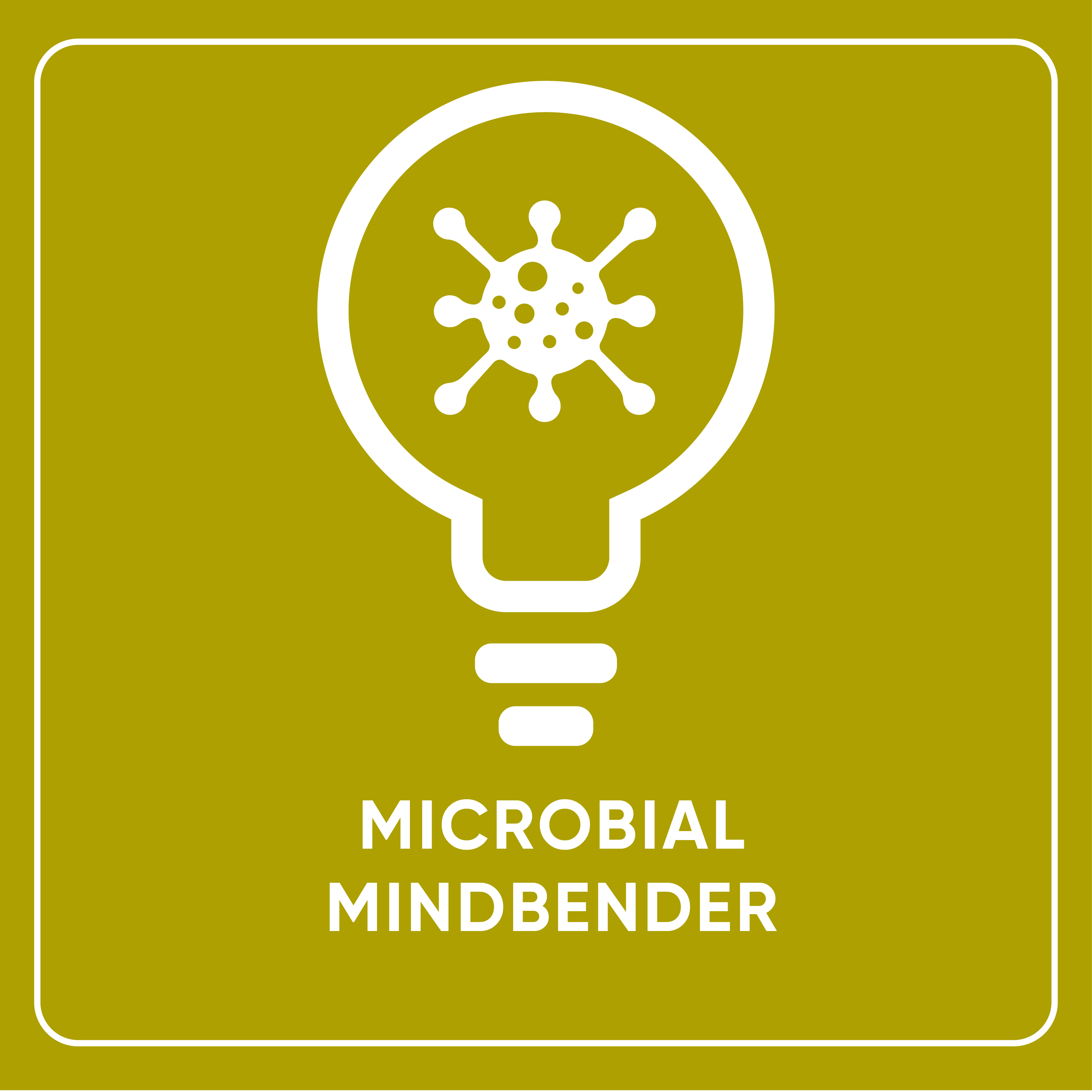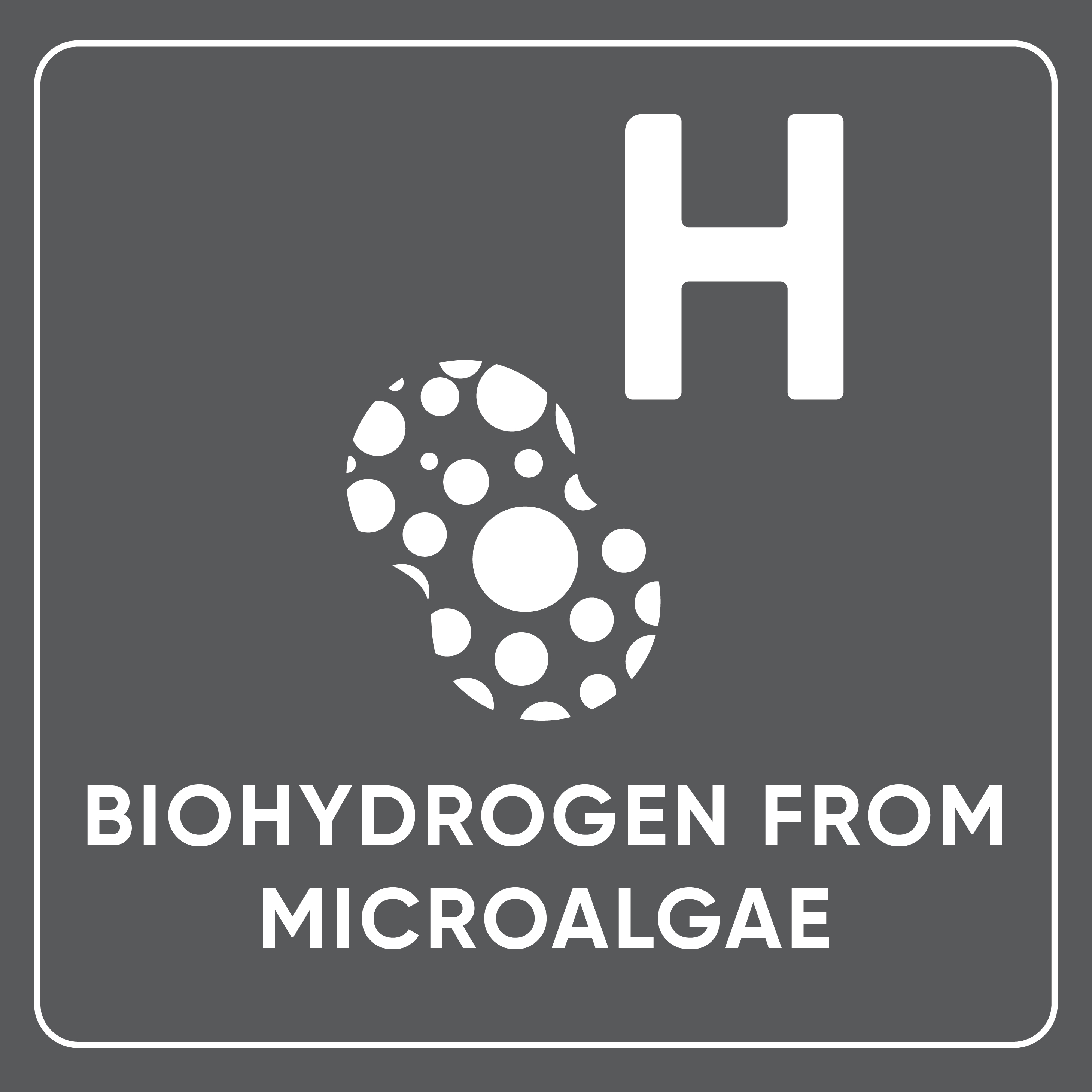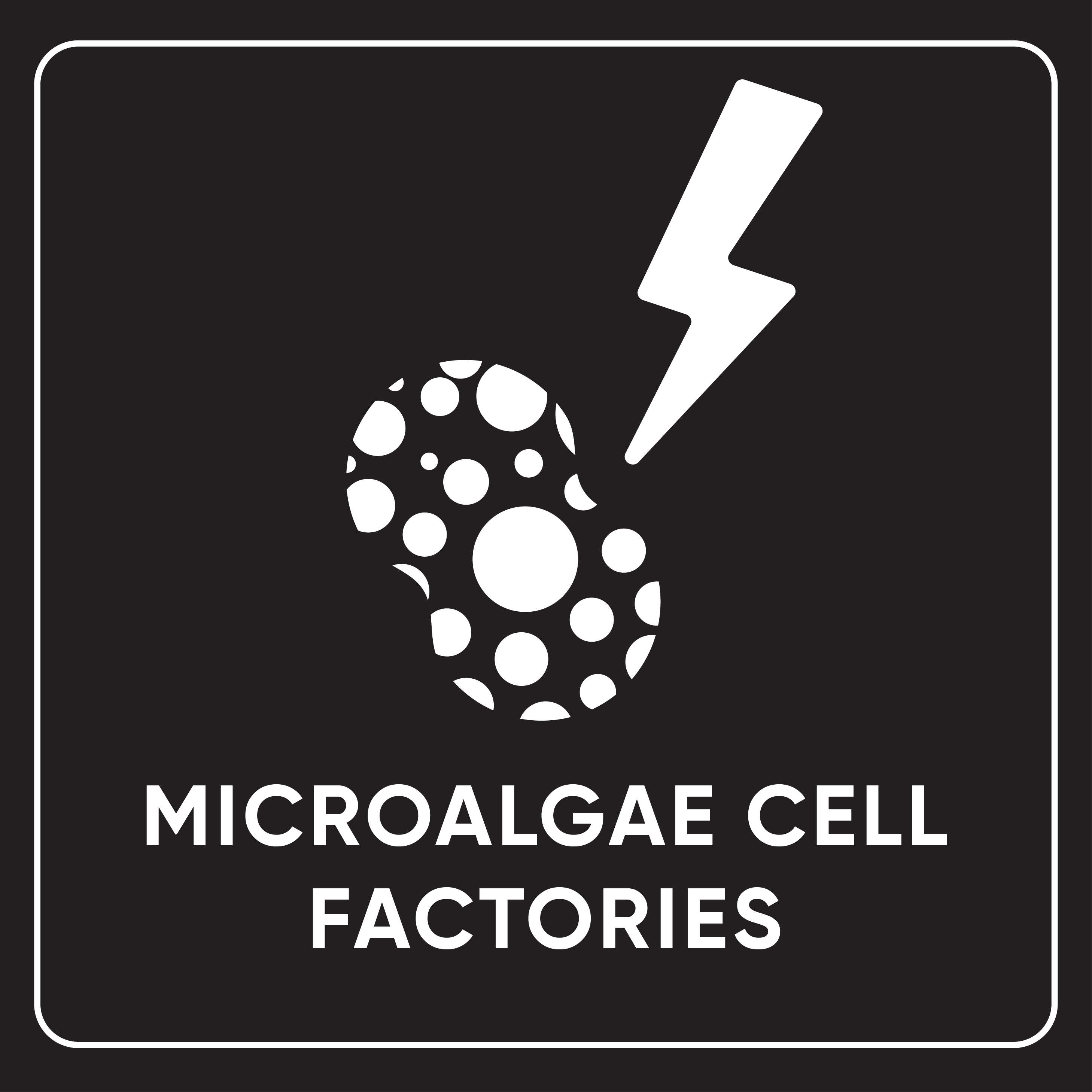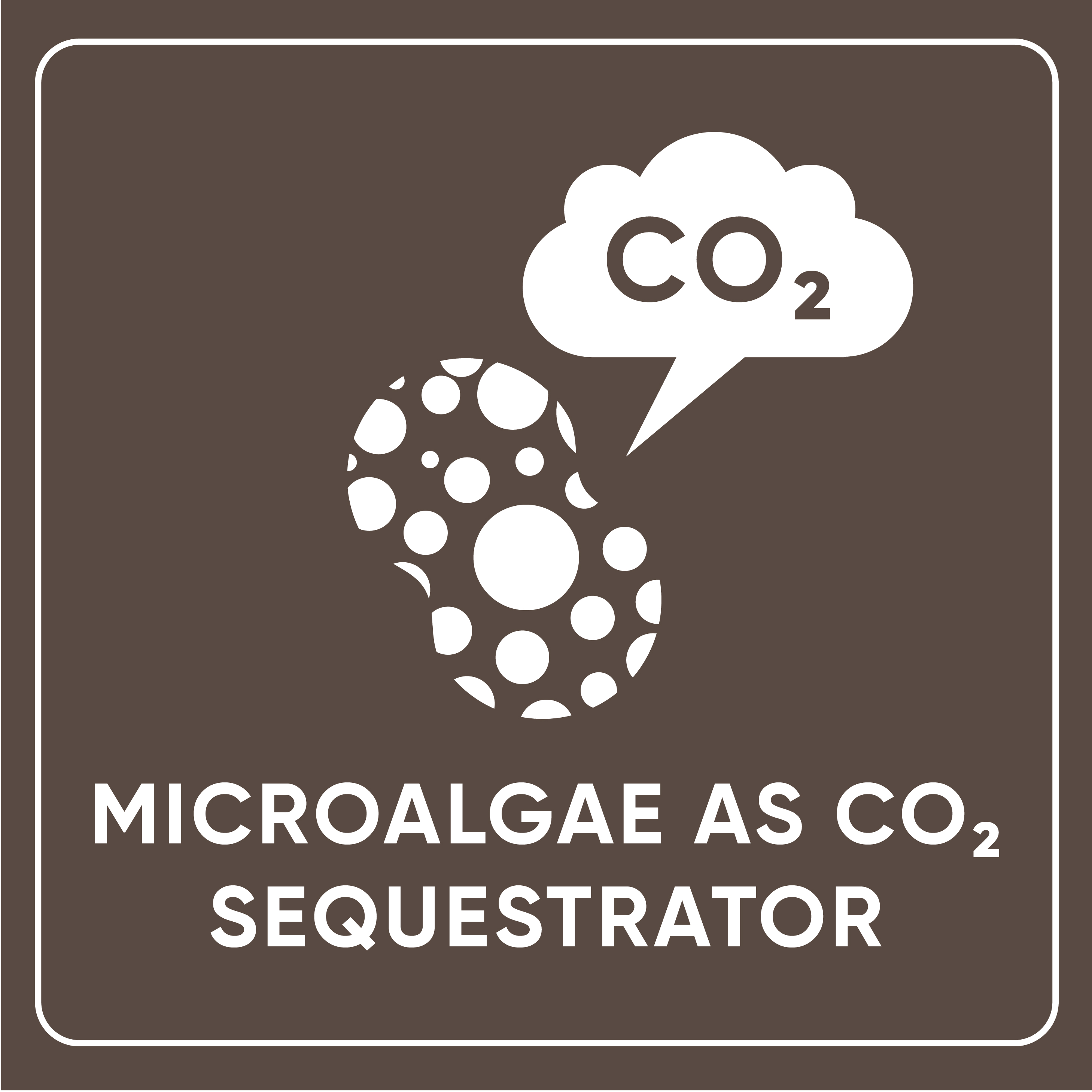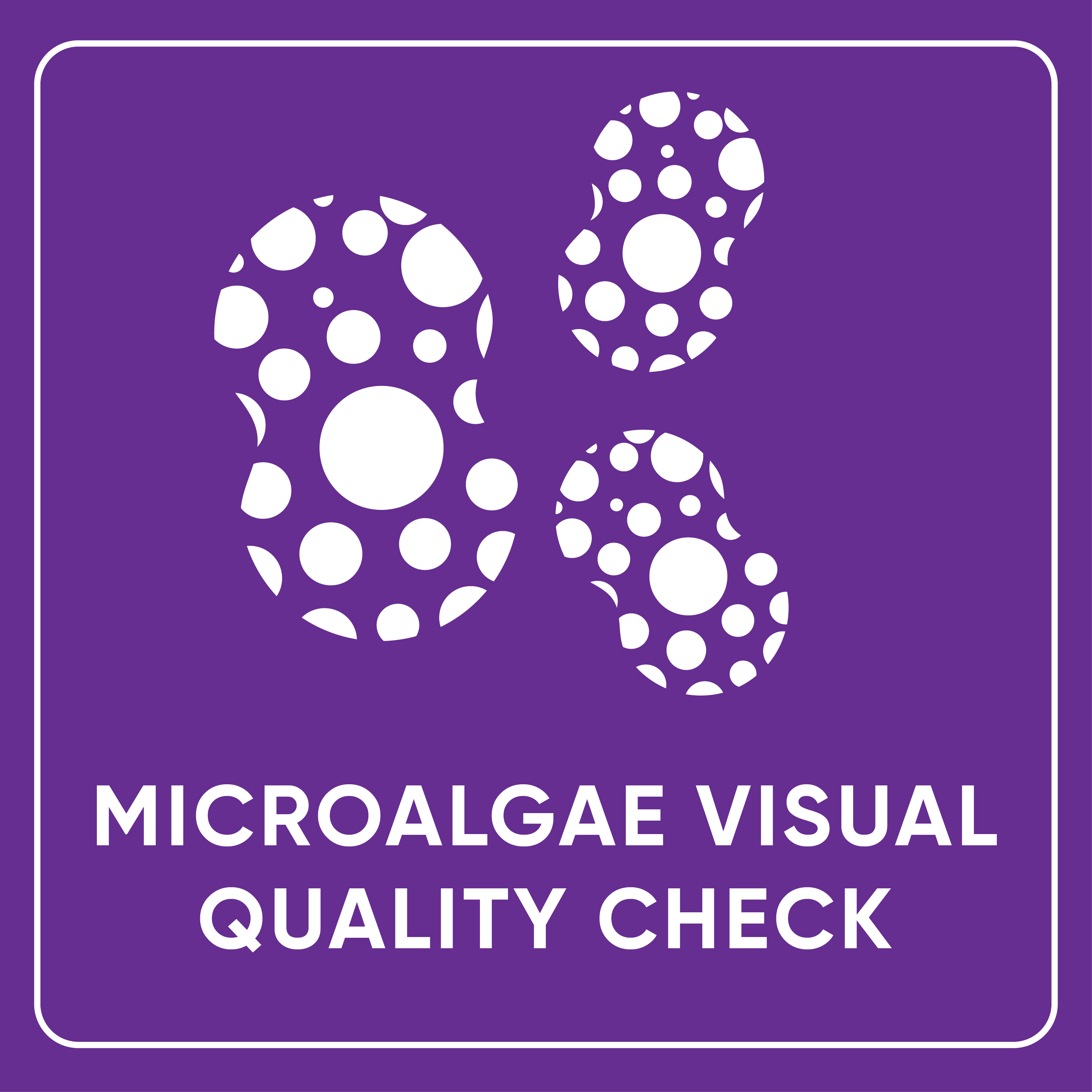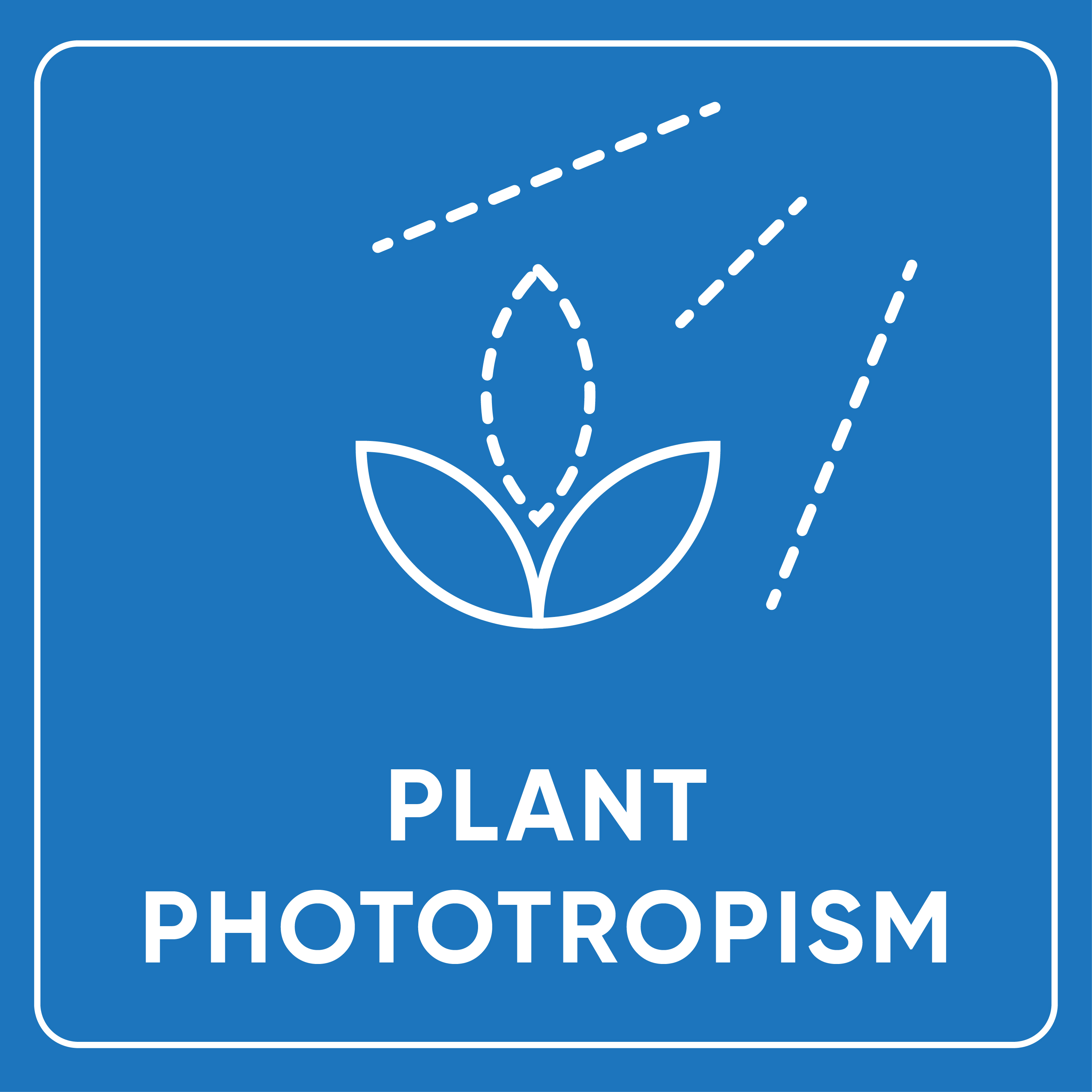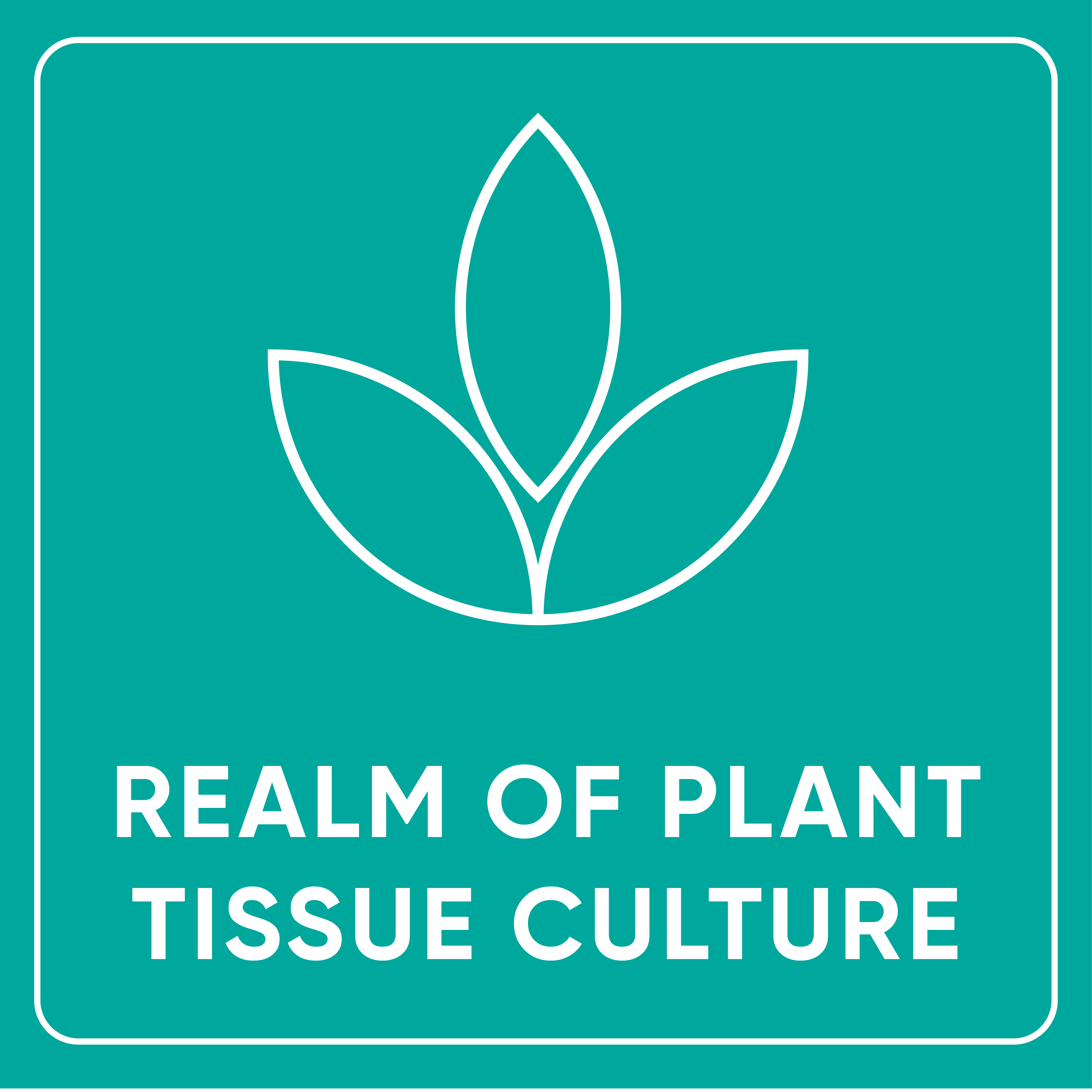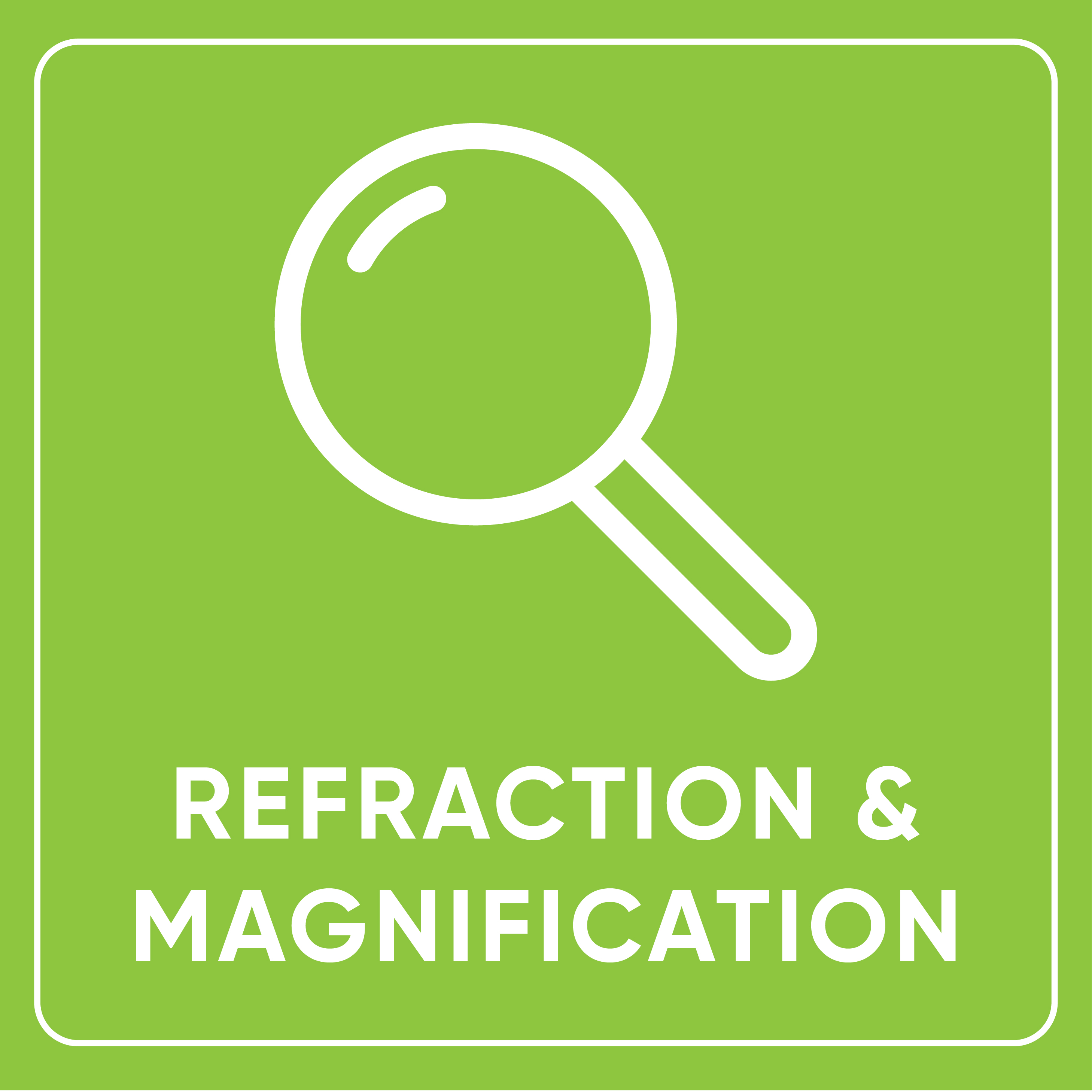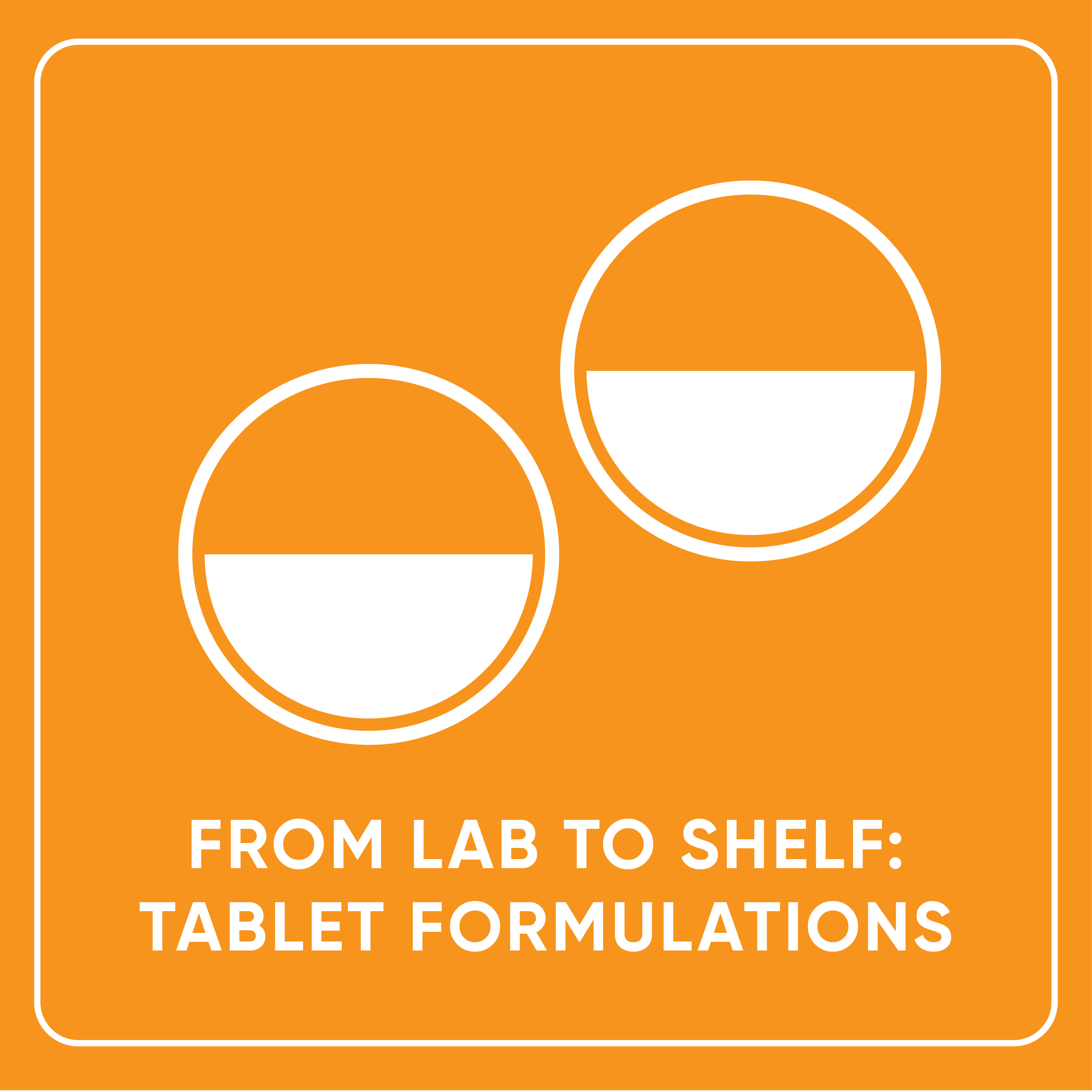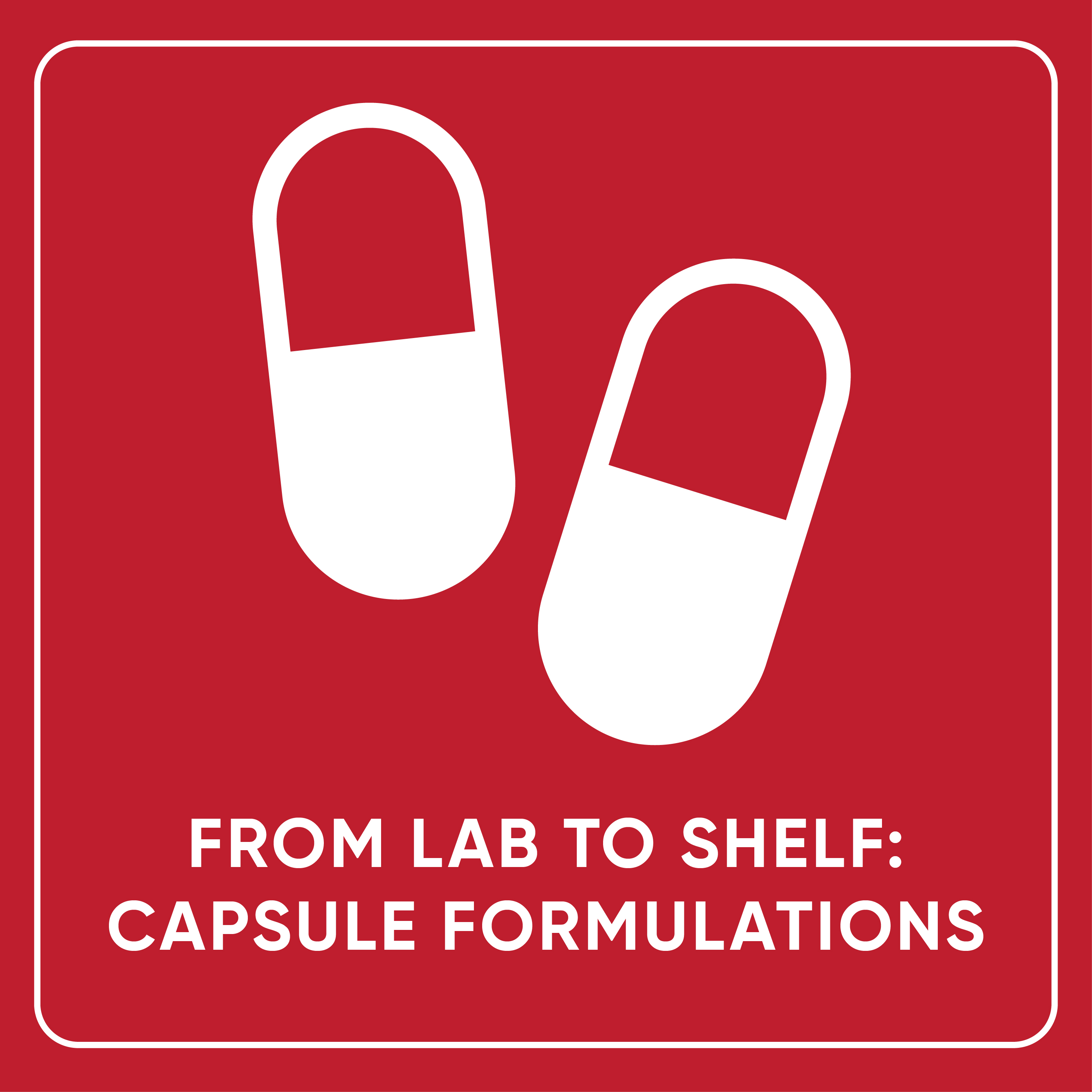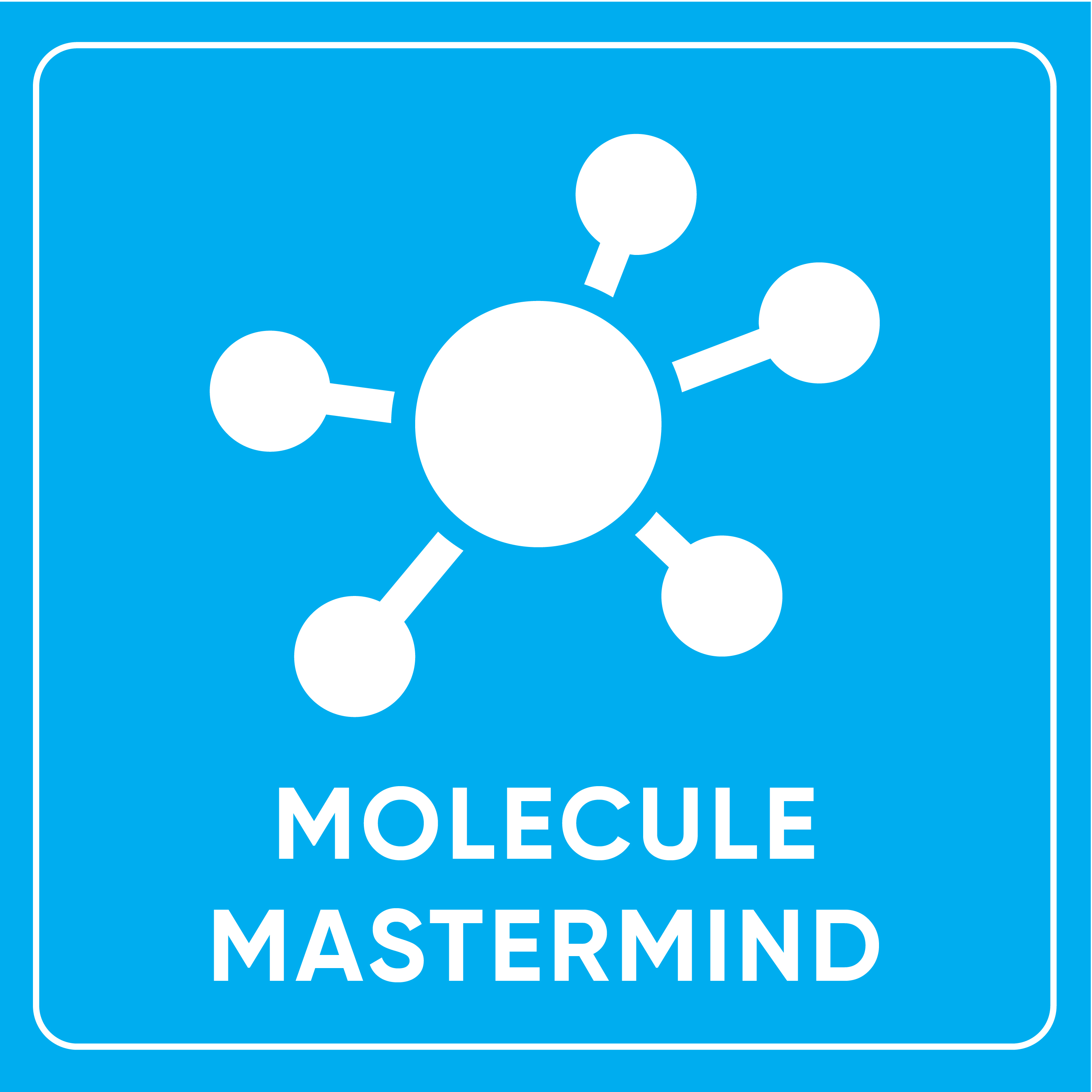Microalgae, coupled with microbial can generate electricity using microalgae-microbial fuel cells (mMFCs). It is a device that can convert energy from sunlight into electrical energy through biological pathways. Microalgae-microbial fuel cells have garnered interest as a potential renewable energy technology due to the ability of microalgae to capture carbon dioxide during photosynthesis and the potential for simultaneous wastewater treatment.
Here's how it works: In mMFCs, microalgae photosynthesize to produce organic compounds and oxygen, which are then used by bacteria in the anode chamber of the fuel cell. The bacteria break down the organic compounds, releasing electrons in the process. These electrons are transferred to the anode electrode, creating an electrical current. The electrons then flow through an external circuit to the cathode electrode, where they combine with protons and oxygen to form water. So, we get electricity and clean water as a bonus!
Participants will be introduced to bioelectricity generated from microalgae-microbial fuel cells (mMFCs) technology, which utilizes the natural metabolic processes of microalgae and microbes to produce electricity.














